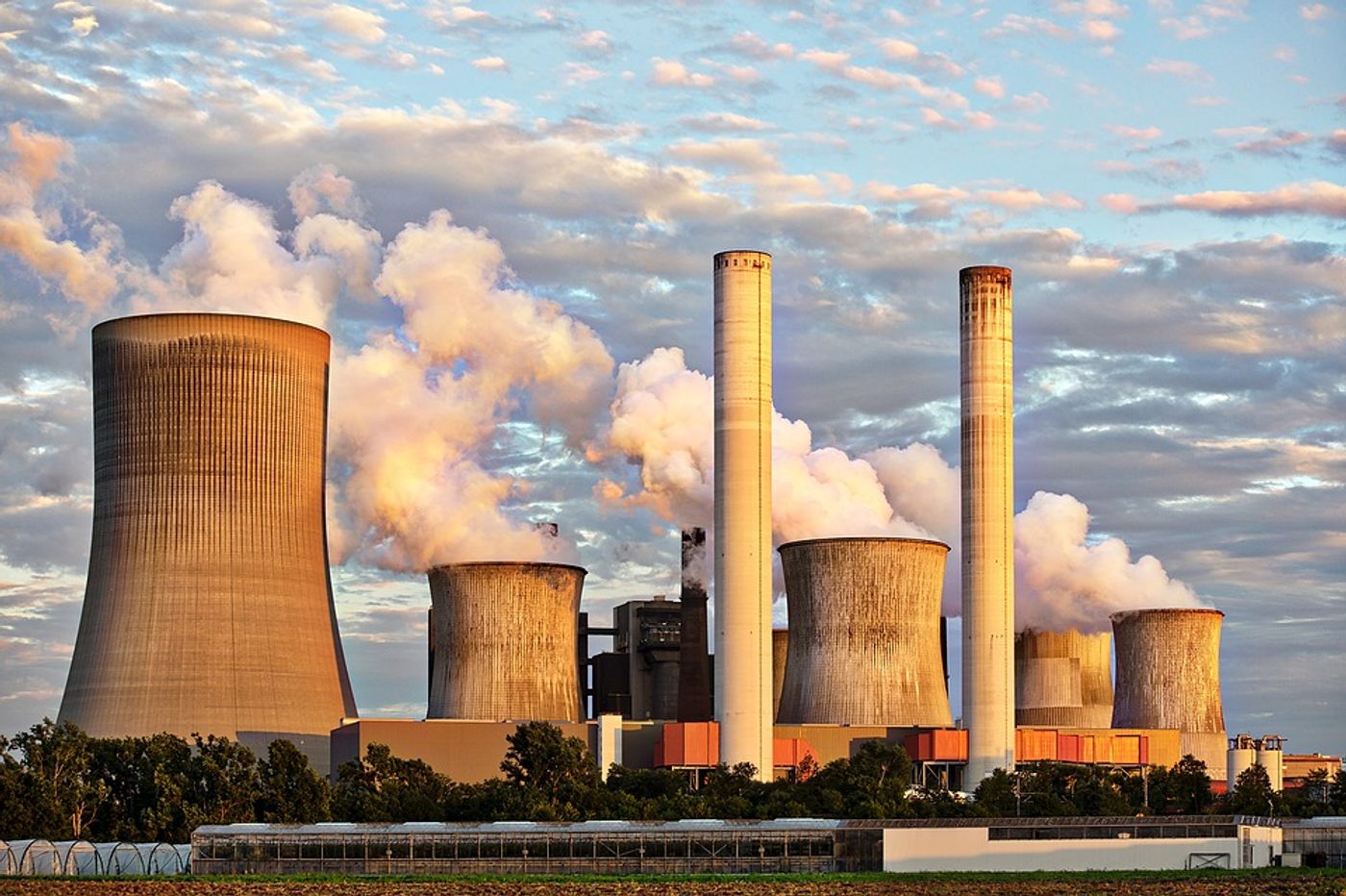Coal power plants affect rainfall distribution
New research published in the Bulletin of the American Meteorological Society highlights the impact that coal-fired power stations have on rainfall patterns. Because these power stations produce more ultrafine dust particles (UFP) than road traffic, they are adversely affecting public health and the environment. Previous assessments of small particle emissions had named road traffic as the number one source of ultrafine particles; the new study determines that modern coal-fired power stations actually emit more UFP than urban road traffic. The study was carried out over fifteen years by scientists Professor Wolfgang Junkermann from the Karlsruhe Institute of Technology (KIT) in Germany and Professor Jorg Hacker from Airborne Research Australia.
Ultrafine particles are classified as those with a diameter of less than 100 nm. In addition to being dangerous pollutants for human health, UFP can influence environmental processes, such as the formation of clouds and precipitation. "The UFP offer surfaces for chemical reactions in the atmosphere or may influence the properties of clouds and precipitation," says Professor Junkermann.
Junkermann and Hacker performed their research with the help of two small motor-glider research aircraft, equipped with highly sensitive instruments and sensors measuring dust particles, trace gases, temperature, humidity, wind and energy balances.
"Our two research aircraft are particularly suitable to follow the plumes from the smoke-stacks downwind for hundreds of kilometers and study their behavior in great detail," says Professor Hacker.
Investigating various sites around the world, the researchers used the research aircraft to gather data on meteorological observations. They then determined the origin of the UFP using dispersion models. Their results showed them how UFP from coal-fired power plants are affecting not just human health but also rainfall distribution.
Hacker explains, "In this way, we found that fossil power stations have for many years become the strongest individual sources of ultrafine particles worldwide. They massively influence meteorological processes and may cause extreme weather events, including intensive rain events. By redistributing rainfall events, this can lead to drier than usual conditions in some places and to unusually heavy and persistent strong rainfall elsewhere.”
One of the places the researchers found this phenomenon happening was in Western Australia and Queensland, where UFP concentrations have increased constantly due to coal-fired power stations.
Sources: Science Daily Bulletin of the American Meteorological Society









